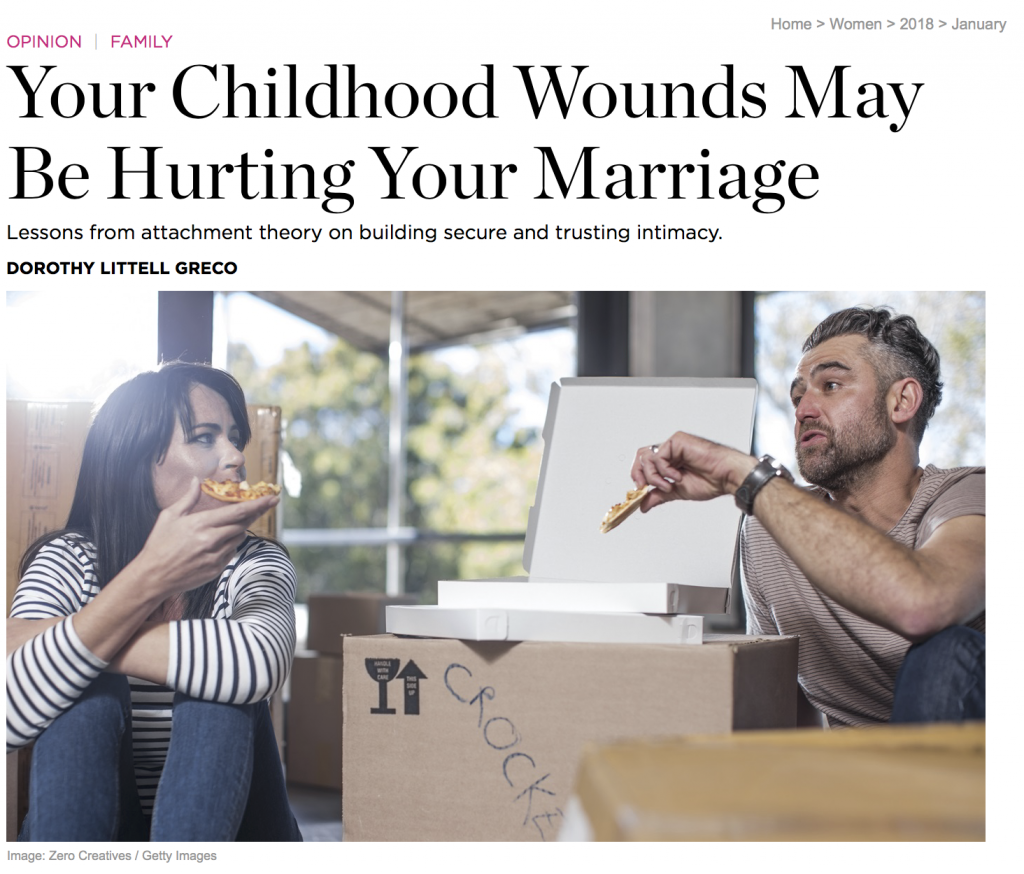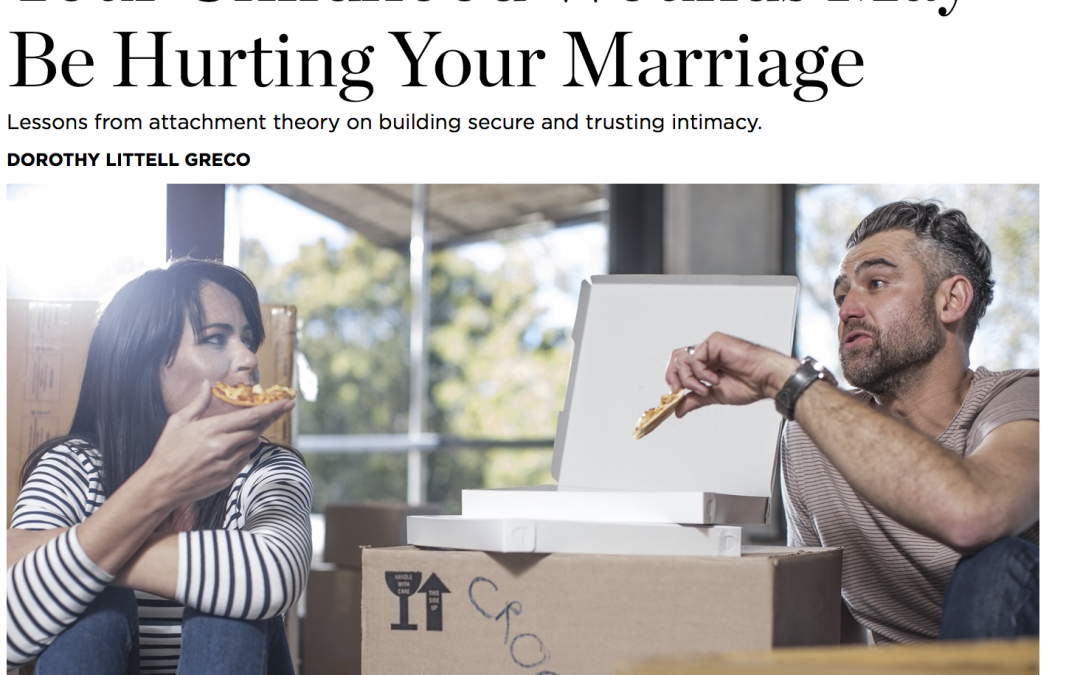
My first engagement did not culminate in the wedding of my dreams. I was fearful, clingy, and manipulative. He was prone to relational claustrophobia, compelling him to demand “space”—which triggered more insecurity on my end. This dynamic caused us such pain and grief that he eventually ended the relationship. Though we weren’t able to articulate it at the time, our struggle was in part due to conflicting attachment needs.
Psychologist John Bowlby released his groundbreaking studies on human attachment beginning in the late 1950s. He believed that a child’s emotional and physical well-being depended upon a finely attuned mother-child relationship and that early breaches in this relationship might impede one’s ability to bond with others—even in adulthood. At that time, Bowlby’s detractors criticized his theories as one-dimensional and deterministic. Decades later, many psychologists and therapists now believe that the principles of attachment theory not only help parents meet their children’s emotional needs, but they can also help adult couples connect with each other more consistently and love more fully.
To read the remainder of this article, please click this link to Christianity Today.
